READY TO GET STARTED?
REQUEST A FREE ESTIMATE
Fill out the form below or call (888) 466-7849 for a free, no-obligation estimate.
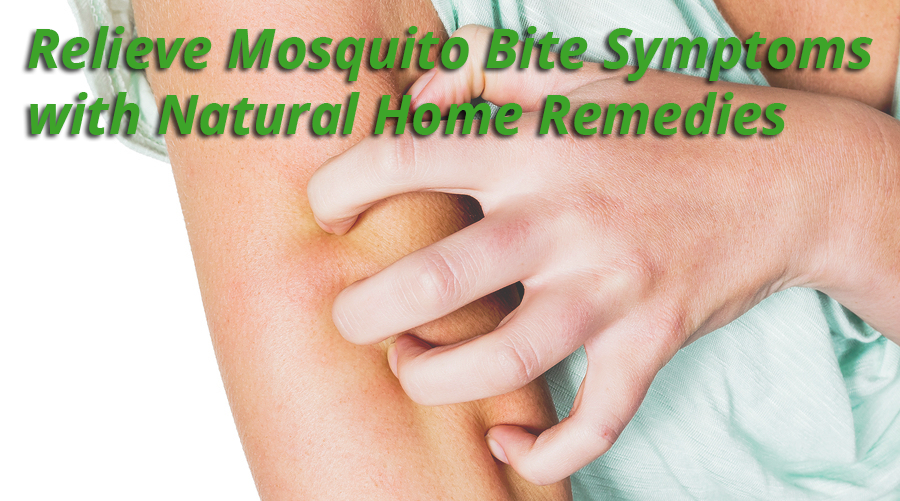
We all need food to survive, right? Unfortunately for us, mosquitoes live off of blood meals from people and animals, which is obtained by biting their victims. Ouch! And chances are, even if you practice strict mosquito prevention, you’ll still be bitten at some point during mosquito season in warm, humid climates. Here’s what you can do to minimize the itching, swelling, rashes, and diseases that mosquito bites often leave behind.
Aloe is a natural antiseptic that will minimize swelling, pain, and itching, and will also help the bite to heal faster. Chilled aloe vera works even better. Pop it into the fridge for awhile before applying for maximum results and relief.
Applying ice directly onto mosquito bites will reduce swelling, relieve pain, and make the bite less itchy. Leave it on for 10-15 minute increments at a time, using as often as needed.
Soak in an oatmeal-infused bath for several allergic reactions to mosquito bites. The oatmeal will soothe symptoms of the bites immediately.
Lemons have natural antiseptic and anti-inflamatory properties that will reduce symptoms of mosquito bites and minimize the risk of infection. Cut a lemon in half and rub it over the affected area.
Hold a damp green tea bag (preferably cold) onto the mosquito bites for immediate relief from itchiness, swelling, and redness.
Honey is a natural antiseptic. Apply a small amount directly onto mosquito bites to help prevent infection.
Cover the bites with a bandaid or even tape to keep yourself from scratching it, which will reduce chances of prolonged symptoms and infection.
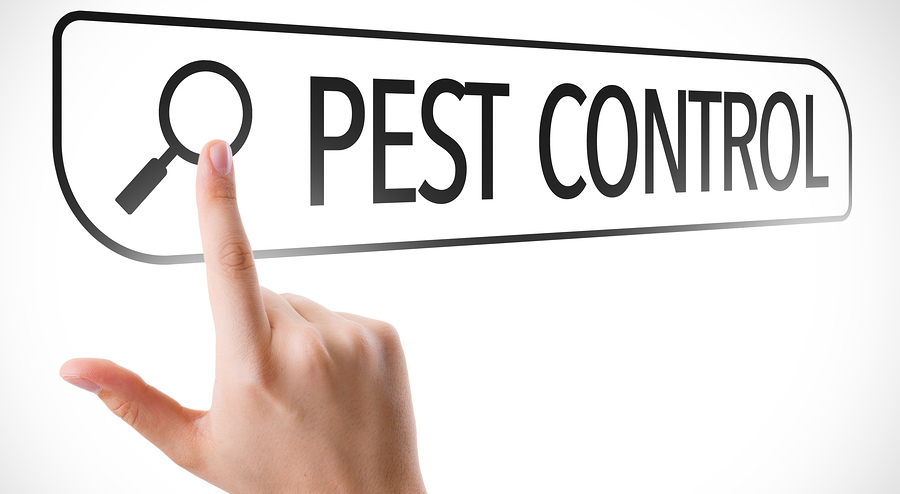
With so many exterminators to choose from, it can be overwhelming for a business or homeowner to determine which company is the best option. Here are a few things to look for when considering which pest control company is right for you:
Does the pest control company offer multiple services for pests, termites, mosquitoes, bed bugs, wildlife, and other household pests? As temperatures and weather conditions change throughout the year, it’s likely that you’ll encounter several different pests at different times. Having an exterminating company that can handle all of your pest needs will save you time AND money. Most often, the pest company can handle multiple service requests during one appointment, send you one bill for all services, that’s usually at a discounted rate (bundle services and SAVE!).
Is the environment and your family & pets a concern for you when considering exterminators? Most likely it is, and should be. Pest control companies today should offer green alternatives to traditional services – like green pest control, green termite control, and green mosquito control. With advancements in technology, green services are just as effective as traditional services if applied correctly and will give you peace of mind, knowing family and pets are not at risk. It’s also not a bad idea to ask for a list of products used. Some exterminating companies claim to offer “green” pest control, but are only using an integrated pest management (IPM) approach – which utilizes less product to target specific pests – but not always with eco-friendly pest control products.
Most pest control companies, like other services companies, will have customer reviews online or a word-of-mouth reputation. Use caution if a company has no reviews or if you’ve never heard of them; they may be newly established with less industry experience.
Because there is so much competition in the pest industry, some newer start-up companies won’t stay in business. While they may offer cheaper prices up-front, your warranty could be compromised, OR they could close their doors without fulfilling their agreement. It’s best to choose a company that’s been around for awhile, that has proven, effective pest control methods, offers highly-trained technicians, and that stands behind their warranties.

The majority of homes we inspect do not have adequate insulation in the attic. Most often, when homes are constructed, contractors will install the minimum amount of insulation required. While minimal insulation is better than no insulation, having the proper amount will make your HVAC system run more efficiently which keeps your home warmer in the winter, cooler in the summer, and saves you money on energy bills ALL YEAR LONG. The investment of insulation begins paying for itself immediately!
For attic insulation, there are a lot of options you can choose from, making it a somewhat stressful decision for homeowners. Here are some things to consider:
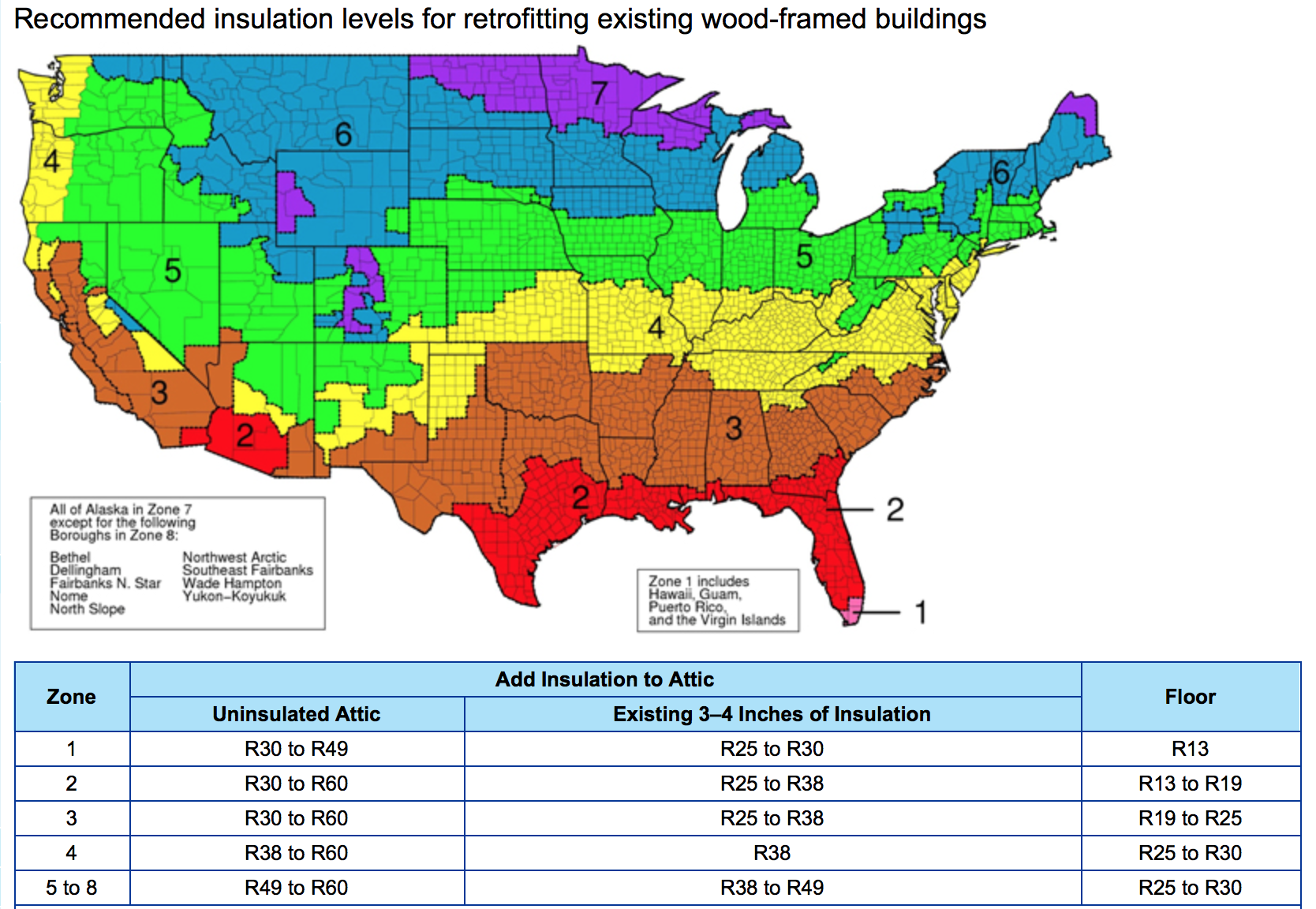
For most insulation projects, we recommend using TAP Insulation. TAP is a loose-fill, cellulose insulation product that guarantees energy cost savings of 20-38% when installed at recommended R-Values. TAP, short for Thermal Acoustical Pest Control, Insulation is made of 87% recycled newsprint, is energy star rated, and treated with borates, a natural pest control product that provides permanent pest protection in your attic. TAP is also unique in that it has the added benefit of fire protection. And, in addition to saving you tons of money throughout the year on utility bills, TAP Insulation keeps warm air inside in colder temperatures, cool air in warmer temperatures, making your home comfortable year-round.
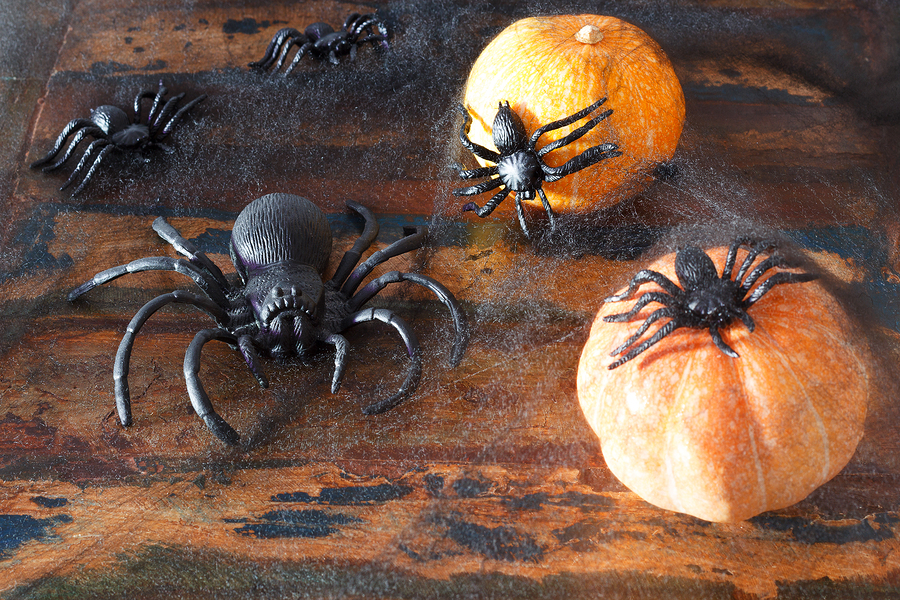
Spider season is upon us! Chances are, you’ve seen a couple of these creepy crawlers in and around your home lately. While most of the common house spiders don’t pose any real threat to you and your family, they’re still considered unwanted houseguests by the majority of people. So why are you seeing spiders and how you can keep them out?
While spiders are active throughout the year, they’re more likely to come indoors in the late summer and fall months. Outdoor spiders usually reproduce in the Spring, so young spiders slowly mature through Summer and become adult spiders later in the year, making them more visible to us. As male spiders mature, they begin seeking a mate, which may be inside your home (eek!).
It’s also common to have a spider problem if you have pets. Why? Because people with pets usually have a yard and your pet’s playground can attract flies. Flies provide a food source for spiders, making them more likely to hang out around your home.
To find out what type of spiders you’re seeing, visit our Spider Learning Center.
Not all spiders are dangerous. And if you’re less creeped out by spiders than other common pests, like roaches, flies, and mosquitoes, then it may be best to coexist. Spiders will eat these pests…free pest control! They also eat other spiders, thereby reducing your spider population naturally.
On the other hand, spiders can pose certain risks to your family. If spiders feel threatened, they may bite…and spider bites can be painful and unpredictable. The reaction caused by spider bites is different for everyone, depending on the type of spider and the individual that’s bitten.
If you’re don’t like the idea of spiders hanging out around your house, there are a few things you can do to help prevent them from coming inside.
For more on spider pest control in your area, click on the links below.
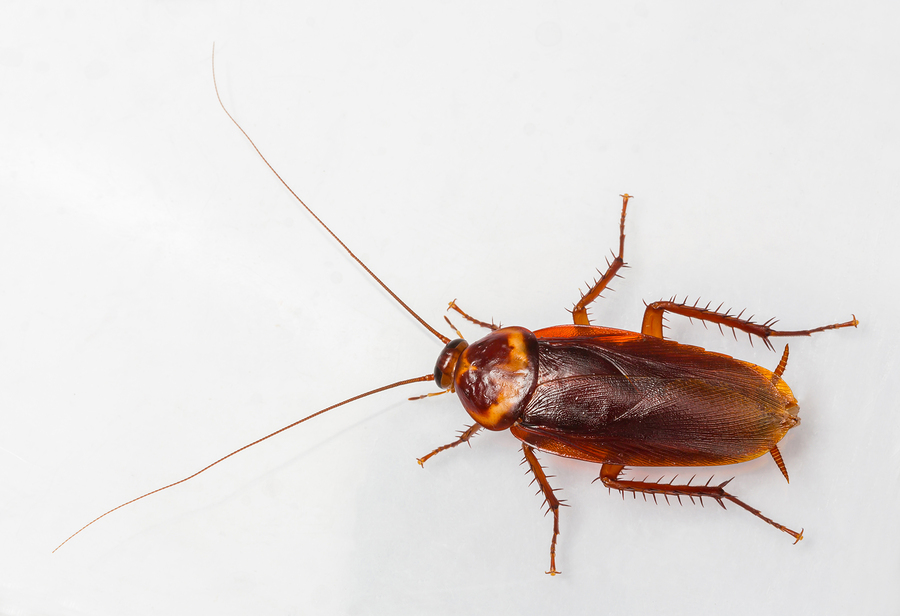
Roaches are often a source of confusion for a lot of homeowners. Where are they coming from? Why do I have them? Does it mean my house isn’t clean? How do I get rid of them and how do I prevent them? The answers to these questions largely depend on what kind of roaches you’re seeing. If you’re seeing large roaches, infrequently and at this time of the year, it’s most likely in the American Cockroach family. A more severe infestation is usually characterized by smaller roaches, seen frequently, usually in kitchens but often throughout the house in more severe cases. These roaches, German Cockroaches, are much harder to get rid of and often require a professional, monthly treatment by an exterminator. Find out more on German cockroach infestations here. For more on American roach prevention, keep reading.
It’s likely that you’re seeing these large roaches due to the changing of seasons, the abundance of rain, or from providing a food source to roaches, attracting them to your home. The good news: American cockroaches are easy to get rid of and prevent if the right pest control approach is taken.
For more on roach pest control in your area, click on the links below.
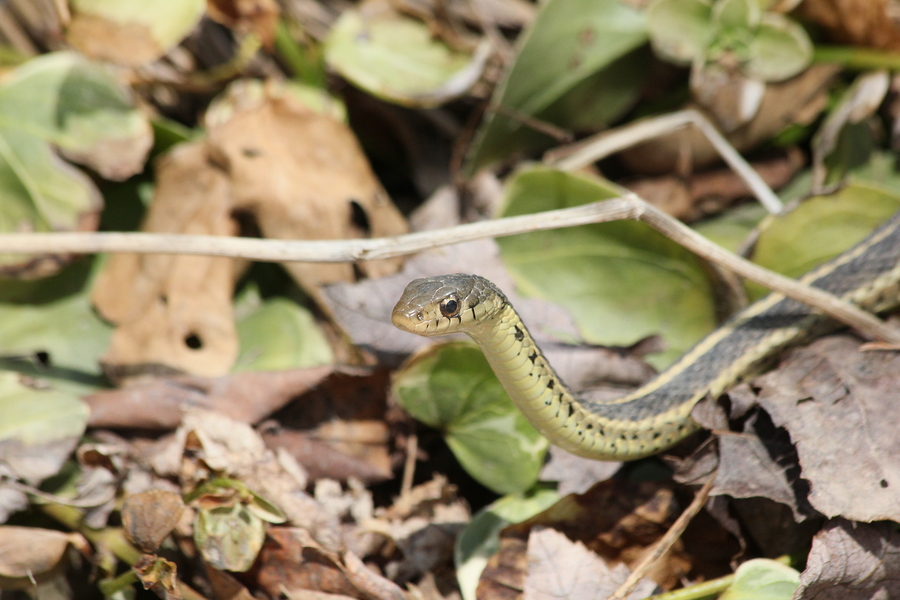
The weather is warm and the snakes are out. Here are 6 ways that you can reduce your risk of a snake encounter, and keep snakes away from your home.
Some home remedies like moth balls and lemon grass can be deterrents for snakes, for a natural approach, or check your local hardware store for chemical repellants.
Keeping grass cut and vegetation trimmed down reduces areas for snakes to hide. Remove any wood piles, leaves, or other debris where snakes can hide.
Regularly scheduled pest control keeps insects and rodents out of your yard that snakes use to feed on. By keeping these pests out of your yard…you have a better chance of keeping snakes out too.
Snakes can enter homes through any open gaps or holes that may be present. Use weather stripping under doors and seal all cracks and crevices. This will assist in keeping out pests and keeping in the cool air.
Sheds can become cluttered and perfect places for snakes to hide. De-clutter your work space.
If you have a snake in your yard or home, a snake removal specialist will properly identify the snake and safely remove it. For more on snake control in your area, click on the links below.
In addition to routine, professional pest control, here are 10 ways you can get rid of bugs.
1. Go around the exterior of your home and seal up any areas where insects could enter your home. Check around windows, doors, plumbing entrances, fan vents, and electrical entrances. If your home has window screens make sure they are intact and if areas are torn or damaged replace them.
2. Make sure to trim all hedges, trees, and other landscaping back away from the home. Creating at least a one foot barrier will keep insects from using easy methods to enter or get close to your home.
3. Always remember that insects are living creatures just like humans and they need food, water, and shelter. Inspect the perimeter of your home, as well as the interior, and pay close attention to areas that could potentially provide all three of these needed resources.
4. All food and beverages should always remain covered or sealed in air tight containers. Following this simple step will eliminate the risk of insects being attracted to your home. If you have fruit out in your kitchen make sure you eat it before it over ripens or store it in your refrigerator. If food or drinks are dropped or spilled make sure that they are cleaned up immediately.
5. Routinely empty all the trash and place it outside in garbage cans with tight fitting lids. All trash cans inside the home should also have lids.
6. Make sure to keep all pet food sealed in air tight containers.
7. Remove extra clutter from your home. Get rid of items that are old and damaged and find a great charity to donate the rest.
8. Keep all doors and windows closed while not in use.
9. Make sure to change all your exterior lighting to low sodium vapor light bulbs. Most insects are attracted to light but they are less attracted to low sodium vapor lighting. Also make sure to point your security lighting away from your home and not directly on it.
10. Don’t Bring Them In! Be careful whenever you travel, move, or bring home the groceries that you check everything before bringing it into your home. Especially as it gets colder make sure to check and clean all your firewood before you bring it in your home.

In Green Living – Part 1, we talked about Green Pest Control. In addition to controlling pests with non-toxic products and application methods like IPM, innovative pest control companies also offer green termite control options. So how do eco-friendly termite treatments work, and how do you decide which termite treatment is best for your home?
Traditional termite treatments usually involve treating the soil around the perimeter of your home with hundreds of gallons of termiticide, to create a barrier that termites either can’t penetrate (a repellent termiticide) or kills them on contact (non-repellent termiticide). In this process, it’s important that the barrier is completely continuous with no gaps or breaks to eliminate entry point for termites, which would allow them access to your home to cause significant structural damage. Any concrete that covers the perimeter soil, like patios, must be drilled so that the termiticide can penetrate the ground underneath. While this method has been proven effective to reduce termites and prevent damage, there are termite treatment options today that are less invasive, don’t require large amounts of chemicals, and just as effective.
The most popular and effective eco friendly termite treatments are baiting systems. The only termite baiting system to be awarded the Presidential Green Chemistry Award by the EPA is Sentricon – our choice for termite protection.
Sentricon works to eliminate termites at their source – the colony. Unlike repellents, termite actually prefer Sentricon’s termite bait over wood, making it a good food source alternative that termite workers take back and share with their colony. The result is termite colony elimination. The bait is located in Sentricon stations that your pest control professional will install in the ground around the perimeter of your home. The stations are flush with the ground and won’t interfere with your landscaping. They’re checked routinely by your exterminator for activity and to replace eaten bait tubes. It’s an ongoing process of monitoring and baiting to ensure your home is protected from termites year-round. The best part: no chemicals and no structural modifications required.
Here’s a great video explaining the difference between traditional soil termite treatments and the Sentricon System.
Building a house or renovating? Use borates, naturally-occuring minerals effective in killing termites and other pests, to treat the wood used during construction. Once the wood is treated and penetrates throughout, borates provide permanent protection against termites. The active ingredient in borates, borate salt, works as a termite repellent, making your homes structure an unappealing food source.
For more on green termite treatment options, contact your local pest control company.

With the shift towards environmental awareness in recent years, most pest control companies are doing their part by offering alternatives to traditional pest control applications. This can mean targeted product usage, Integrated Pest Management (IMP) techniques, GreenPro Certification from the National Pest Management Association, using organic or natural pest control products…and more. So how green is your pest control? Here’s what you need to know:
This step in critical in green pest control. Knowing where pests are getting in and the type of pest problem determines where and how much product should be used. It’s the first and most important step in the IPM process.
Prevention is also part of the IPM process. Once a property is inspected for pest infestations, threats, and damage, a plan should be implemented to get rid of current issues AND preventing future occurrences. This eliminates excessive product usage down the road.
Most exterminating companies today use IPM programs. Where companies differ the most is in the pesticides used. The perception of “green” products in the pest industry is not always a positive one. Lots of people and companies are still old school in their approach and prefer to use traditional products that have proven to be effective. But forward-thinking exterminators know that eco-friendly pest products are just as effective and give customers peace of mind. “Green” pest control products should be non-toxic to people and pets and derived from plants, flowers, or elements from the earth.
GreenPro Certification from the National Pest Management Association (NPMA) is the largest and most credible green credential program for pest control companies. It’s earned by companies that are committed to environmental responsibility and operate under by the program’s standards. According to the NPMA, less than 1% of pest companies are GreenPro certified and Northwest is one them. You can find a list of GreenPro certified companies in your area here.